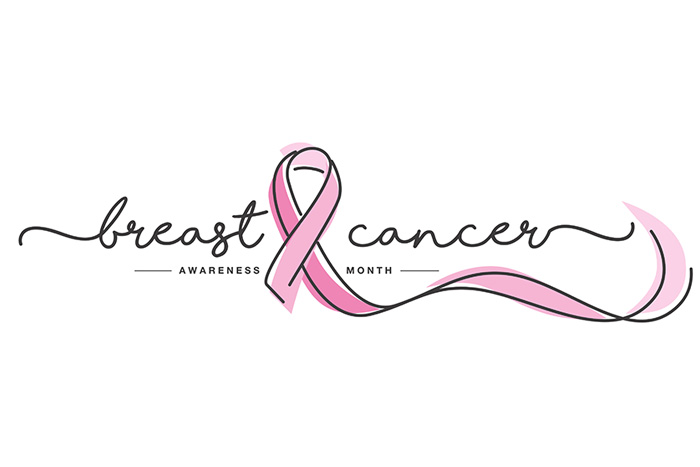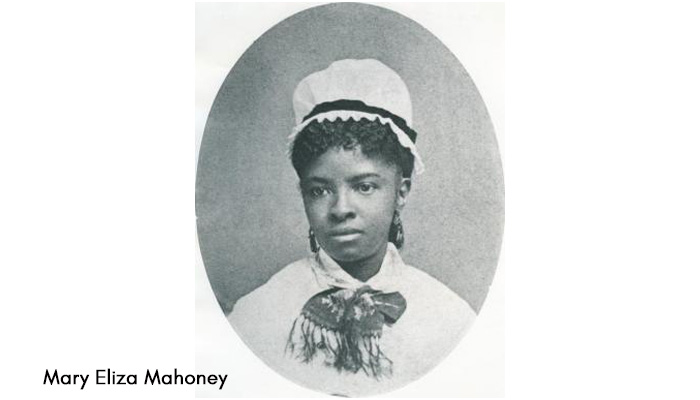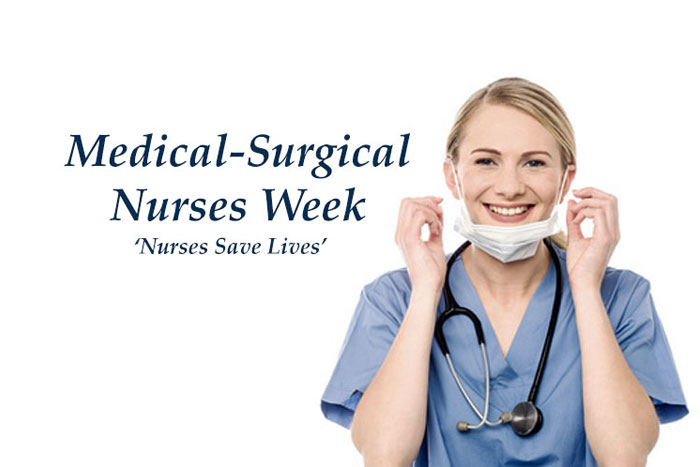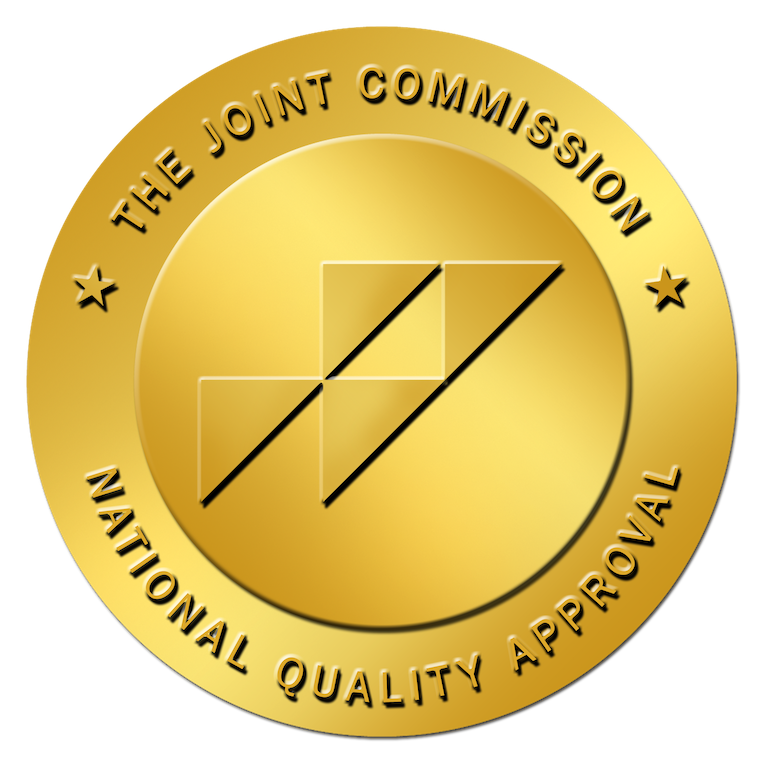
Leading the Effort for Breast Cancer Prevention
Nurses are on the front lines of the effort to raise breast cancer awareness, educating women about early detection and prevention.
Every October, the nation takes time to focus on breast cancer awareness and to celebrate the survivors of breast
cancer.
Although it is often thought of as a woman’s disease, many men are affected by breast cancer as well. According to
breastcancer.org, one in eight women will develop some
form of invasive breast cancer in her lifetime. This year, 297,790 invasive cases and 55,720 new cases were diagnosed.
It is obvious that this is a major public health problem, and nurses are key to helping patients survive.
Want to Help? Ways to Donate
Of course there are several breast cancer charities that are raising money for a cure, and many come highly recommended
by experts who vet charities for usage of funds. One such charity is the
Breast Cancer Research Foundation. Although they don’t conduct as many public events as some
organizations, their research into breast cancer findings is of particular interest to healthcare professionals. Another
is the National Breast Cancer Coalition that seeks to find a cure through
influencing legislation for cancer research.
RNs Are On the Front Line of Breast Cancer Prevention
Teaching Self-Examination
All nurses should know how to teach self-examinations. Patients should be shown how to examine their breasts in the
mirror and check for signs of breast cancer:
- Symmetry
- Dimpling
- Redness
- Irritation
- Inverted nipples
- Fluid coming from the nipples that is not breast milk
Next, with the arms raised, look for the same. The third step is for the woman to lay flat on her back and use
her opposite hand to move across the breast in a circular motion, making sure to cover the entire breast, looking for
lumps, asymmetry, and thickened skin. Finally, feel the breast when standing to see if there are any lumps that are
noticeable, and examine the tissue in the same circular way. The armpits should be checked for lumps as well.
Promoting Medical Testing
Early mammograms are also needed. In the past, the gold standard was to start the tests when patients turned 40, but the
new regulations now say that they are not needed until 50. However, the presence of breast cysts may also be a reason to
start mammograms early.
In the end, prevention is key. Self examination is the number one way to catch breast cancer before it becomes a
problem. It is important for nurses to be on the front lines against this disease, teaching women to perform self-exams
and encouraging them to get early mammograms. Only by catching breast cancer early can we hope to save lives and
hopefully put an end to the deaths that are caused by this public health problem.
More Resources
Last Modified On: Oct 01, 2023
The next stop on your travel journey awaits.
You may also like these posts

Black History Month - images of African-American Nurse Heroes
Feb 01, 2023
This month we honor the lives and legacies of these awe-inspiring nurses who broke down barriers and battled prejudice to serve humankind.
Read more

National Medical Surgical Nurses Week November 1 - 7
Nov 01, 2022
Medical Surgical Nurses Week is the perfect time to honor these RNs who truly do it all -- and a little bit more.
Read more

Nursing Job Satisfaction: A Case of Career Joy vs the Daily Grind
Aug 02, 2018
According to a national survey, 95% of nurses are glad they chose the profession. Here's what they love about nursing ... and what they don't.
Read more

